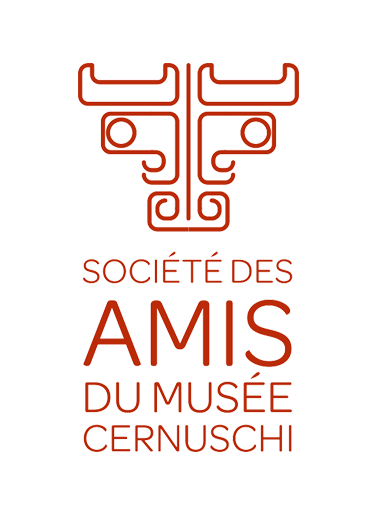SURIMONO, BEST WISHES OF JAPAN
From January 20 to April 4, 2016, rotunda of the 2 floor of the National Museum of Asian Arts Guimet: exceptional selection of engravings which, during the last third of the 18e century, during the time of Edo (1603-1868), have considerably renewed the genre of the print Japanese.
During the last third of the nineteenth century, during the Edo period (18-1603), the emergence of surimono considerably renews the genre of Japanese printmaking. This new typology, literally "printed thing", is the result of a close collaboration between poets and artists and brings together illustration and poem on the same page. Limited edition products, they were intended for private use - offered for the New Year or at commemorations, parties, anniversaries - and often sponsored by circles of scholars and sometimes competing poets. These engravings, made on top quality paper (hosho), whose prohibition in 1868 marks the end of this production, are distinguished both by the use of metallic pigments such as gold powder, as well as by Specific printing technique, embossing, to print the illustrations in relief and recessed.
The exhibition " Surimono, best wishes from Japan "Presents an exceptional selection that testifies to the wide variety of topics: animals auspicious symbols (carp, tiger, turtle), actors, courtesans, historical characters or legendary are all themes favored by the greatest artists of the print among which are Katsushika Hokusai (1760-1849), Utagawa Kunisada (1786-1865), Yashima Gakutei (active 1815-1852) or Totoya Hokkei (1780-1850).
This tasty production is particularly distinguished by the representations of inanimate objects, real "still lifes" which were particularly developed by the students of Hokusai.





